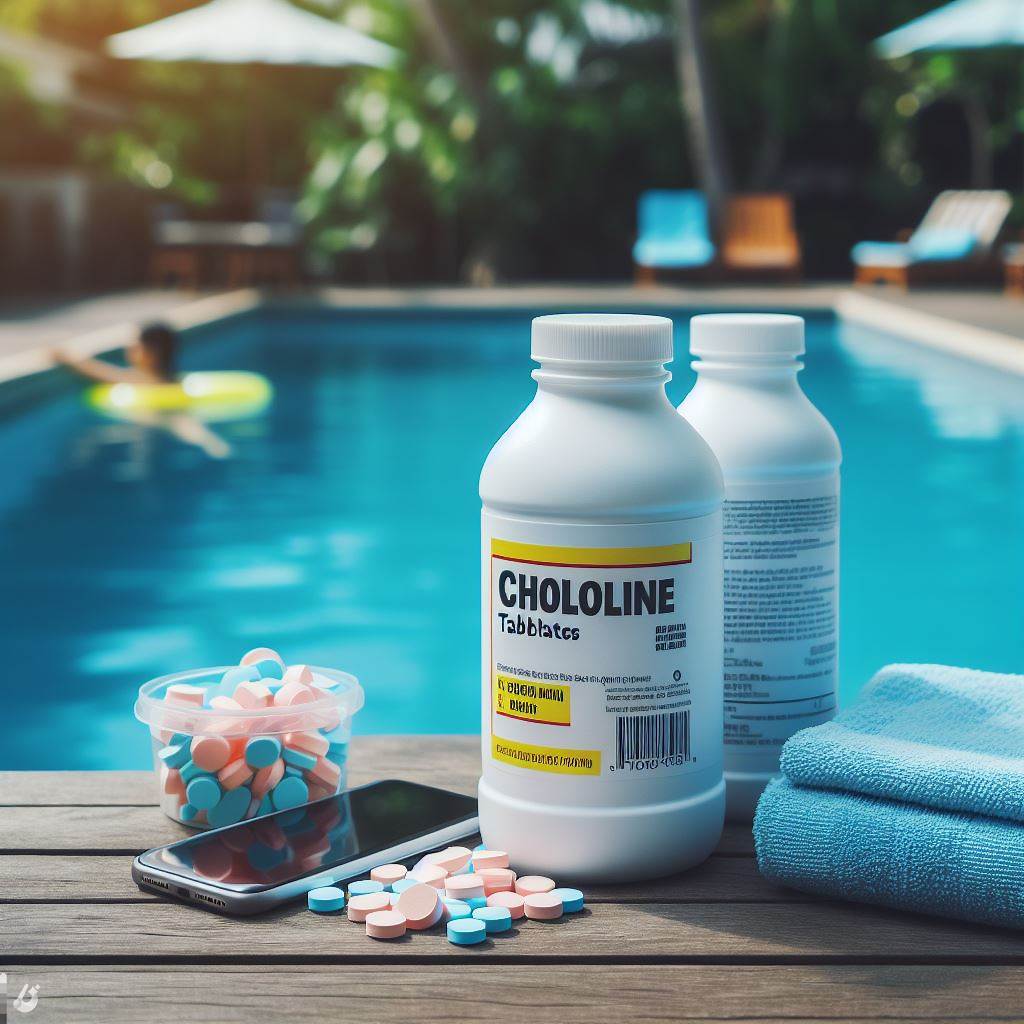In the realm of disinfection and water treatment, chlorine tablets play a pivotal role, offering efficient and cost-effective solutions. However, the handling of these tablets necessitates stringent safety measures to prevent potential hazards. This comprehensive guide outlines the critical safety regulations for the storage, transportation, and usage of chlorine tablets, ensuring the safety of personnel, the public, and the environment.

I. Introduction
Chlorine tablets, containing highly reactive sodium hypochlorite or calcium hypochlorite, are widely used for water disinfection, sanitation, and swimming pool maintenance. Their effectiveness stems from their ability to release chlorine gas, a powerful oxidant that kills bacteria and viruses. Nevertheless, the inherent properties of pool chlorine gas necessitate rigorous adherence to safety protocols throughout its lifecycle.
II. Storage Regulations
1. Location Selection
Ventilation and Environment:
Chlorine tablets must be stored in a well-ventilated, dry, and cool area, away from direct sunlight and heat sources. The storage room should be free from flammable materials, acids, and other incompatible chemicals to prevent accidental reactions.
Structural Integrity:
The storage facility should conform to building regulations, with a sturdy structure that can withstand potential accidents. The floor should be impervious and sloped towards a drain or sump to facilitate spill containment.
2. Warning and Safety Equipment
Signage:
Clear warning signs indicating the presence of hazardous chemicals and the necessary precautions should be prominently displayed at the entrance and within the storage area.
Detection Systems:
Chlorine leak detectors and fire alarms should be installed and regularly tested to ensure immediate notification in case of an emergency.
Emergency Response:
A comprehensive emergency response plan, including evacuation routes and procedures for containing leaks, should be in place and readily accessible.
3. Storage Containers
Compatibility:
Storage containers for chlorine tablets must be chemically compatible, impermeable, and tightly sealed to prevent moisture ingress and gas leakage.
Labeling:
All containers must be clearly labeled with their contents, hazard warnings, and proper handling instructions.

III. Transportation Regulations
1. Packaging and Handling
Packaging Standards:
Chlorine tablets must be packaged in accordance with international standards (e.g., UN regulations) using strong, leak-proof containers. Each package should be labeled with hazard warnings and transport information.
Securement:
During transportation, packages must be securely fastened to prevent shifting or falling. Heavy containers should be loaded and unloaded using appropriate lifting equipment.
2. Routing and Parking
Restricted Areas:
Vehicles carrying chlorine tablets must adhere to restricted routes designated by local authorities, avoiding densely populated areas, tunnels, and areas with high fire risks.
Parking:
Vehicles should only park in designated, secure areas, away from ignition sources and incompatible materials.
3. Documentation and Permits
Documentation:
Comprehensive shipping documents, including safety data sheets (SDS) and emergency response information, must accompany each shipment.
Permits and Regulations:
Carriers must possess all necessary permits and comply with local, national, and international regulations governing the transport of dangerous goods.
IV. Usage Regulations
1. Personal Protective Equipment (PPE)
Mandatory PPE:
Personnel handling chlorine tablets must wear protective clothing, including chemical-resistant gloves, goggles, and respirators, to minimize skin and eye contact and inhalation of harmful vapors.
Training:
All personnel involved in the handling, storage, and transportation of chlorine tablets must receive proper training on the hazards, safe handling practices, and emergency procedures.
2. Safe Handling Practices
Dissolution:
Chlorine tablets should be dissolved in large volumes of water according to the manufacturer’s instructions, ensuring proper ventilation and avoiding splashing.
Concentration:
The concentration of the resulting solution should be carefully monitored and adjusted to avoid exceeding safe limits, which can lead to irritation or toxicity.
Mixing Precautions:
Chlorine tablets must never be mixed with acids or other incompatible chemicals, as this can generate toxic gases.
3. Disposal and Waste Management
Residual Waste:
Any residual tablets or solutions should be disposed of according to local regulations, often requiring specialized waste management services.
Spill Cleanup:
In case of spills, immediate action must be taken to contain the spill and neutralize the chlorine using appropriate materials (e.g., sodium thiosulfate).
Conclusion
The safe storage, transportation, and usage of chlorine tablets require a meticulous adherence to a comprehensive set of regulations and best practices. By implementing these measures, organizations can ensure the effective and safe utilization of these vital disinfection products while minimizing the risk of accidents and protecting personnel, the public, and the environment.
As we continue to navigate the challenges of sanitation and disinfection in various sectors, it is crucial to remain vigilant and continuously update our knowledge of safety regulations. By embracing a proactive approach to safety management, we can harness the full potential of chlorine tablets while safeguarding the well-being of all stakeholders.

 Instant
Quote
Instant
Quote Email
Us
Email
Us